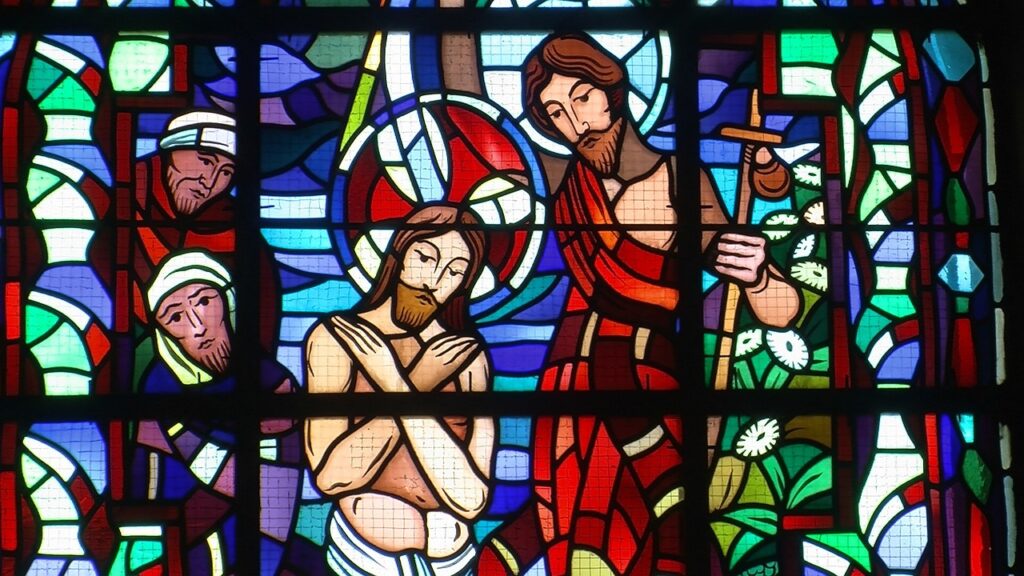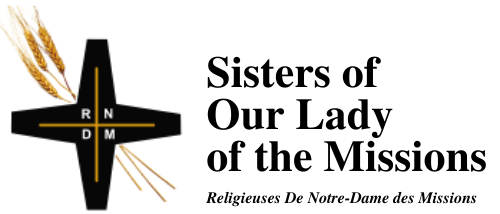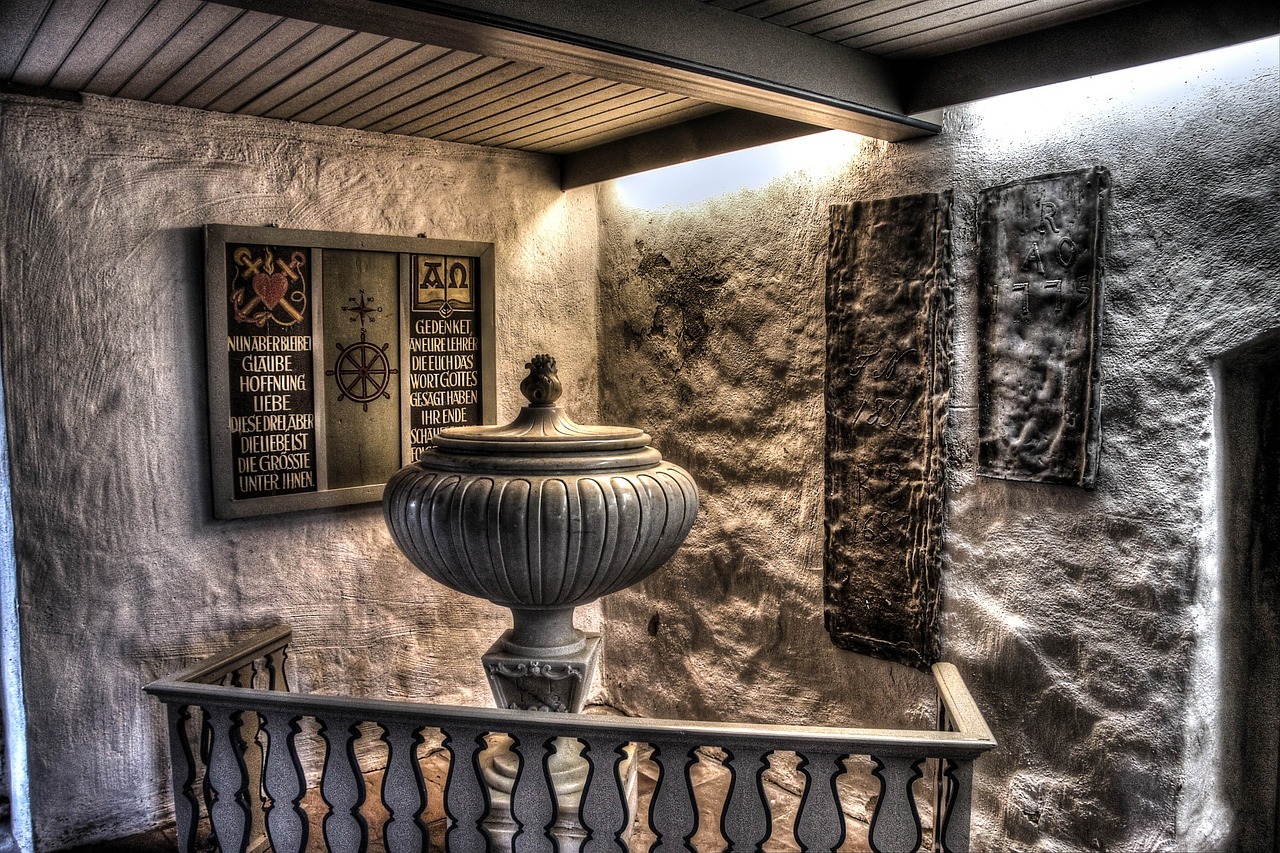A Reflection for the Feast of the Baptism of Jesus Year C
Readings: Isaiah 42: 1-4, 6-7 (RM) or Isaiah 43: 1-7 (RCL); Psalm 29; Acts 10: 34-38 (RM) or Acts 8: 14-17 (RCL); Luke 3: 15-16, 21-22 (RM) or 15-17, 21-22 (RCL).
“Now you all know why the baptismal font is located in a separate room next to the side door of the church, right? Because an unbaptized baby could not be brought into the church proper for fear they would carry evil spirits. The baby had to be kept outside until they were baptized.”
The scene was a visitors’ tour of the medieval Minster in the city of Ulm, Germany. This enormous church with one of the highest steeples in the world dates back to 1377. In 1530 the local pastor and the congregation held a referendum and voted to join the then-new Lutheran church.
And right away I made a connection with the old rite of the churching of women after childbirth. From about the third century up until (in the RC church) the mid-20th century, a new mother could not enter the church building until she had undergone a purification ritual at the hands of the priest, explained officially as a blessing. Similarly, according to the teaching of our ancestors probably augmented by local superstition, an unbaptized baby could serve as a conduit for evil and sin, and could not be brought to church until she or he was baptized.
This is not to be confused with “original sin,” although on the level of popular belief there was a good deal of overlap. Original sin emerged in the fourth and early fifth century to explain why, when baptism was said to wash away sin, the church’s custom was to baptize even babies who hadn’t done anything sinful.
None of the sacraments and key practices in the church have quite the straightforward history that a catechetics text might lead you to believe. How did we get from a dunk in the river to signify conversion of life and conduct, to a sacrament of Christian initiation, with a side trip into purification from fearful diabolical forces?

Unsurprisingly there’s not much hint in the terse account of Jesus’ baptism in today’s Gospel segment from Luke. As he did in telling the story of Mary’s visitation to Elizabeth, Luke moves characters on and off the stage to shift the emphasis and to make his theological point clear to his late first-century faith community. Mary’s visit set the scene for an identification of who John is, and who Jesus is. In this case, Luke puts John in prison, so to speak, before describing the coming of the Holy Spirit, to keep the spotlight on Jesus, in verses 18-20.
Several key details give us a very positive focus on what Jesus’ baptism means. First, Jesus was baptized along with a number of other people who had followed John. Jesus does not claim a singular distinction for himself. In the words of Mary M. McGlone,
“He would stand with the people who desired a radical return to God for themselves and their world.”
Second, Jesus was praying after his baptism, and that is when Luke relates that a dove-like form appeared from the sky with a voice proclaiming him as the Beloved. This divine identity was pronounced over him as he was absorbed in prayer. He did not baptize himself. The event of his baptism in the context of prayer channeled divine power, made clear his divine identity, and opened the way to his public ministry. In Luke, Jesus’ ministry begins with prayer and ends in prayer.
Third, his baptism was accomplished through the Spirit. The call of the Spirit followed the ritual of dipping in the river, while all those baptized were engaged in prayer. All three details – people, prayer and Spirit–are intimately connected.
Prayer takes concentration. That can be hard in these times when our mental focus can be scattered, and we hear our fears speaking more clearly than our hopes. Focusing on just a few words can help. My favourite is,
“Deeper power, your will be done. Higher Wisdom, your will be done. Greater love, your will be done.”
And it never hurts to take a deep breath. Then another. Let the breath itself be prayer. After all, breath is Spirit.
© Susan K. Roll
This Reflection was revised from that of January 9, 2022.
Susan Roll retired from the Faculty of Theology at Saint Paul University, Ottawa, in 2018, where she served as Director of the Sophia Research Centre. Her research and publications are centred in the fields of liturgy, sacraments, and feminist theology. She holds a Ph.D. from the Catholic University of Leuven (Louvain), Belgium, and has been involved with international academic societies in liturgy and theology, as well as university chaplaincy, Indigenous ministry and church reform projects.





Brilliant piece of writing, reflecting on the roots of Baptism. Thank you. Once again we are reminded of the chronological order of the theological teachings or thoughts of the church.
I have been making my own, the few words of prayer you shared:
“Deeper power, your will be done. Higher Wisdom, your will be done. Greater love, your will be done.”